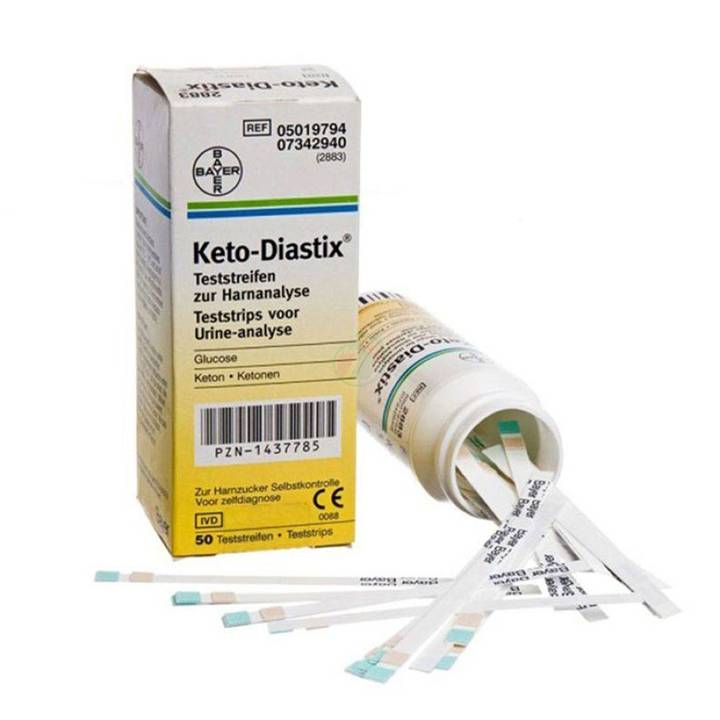
When it comes to shedding those extra pounds and achieving weight loss goals, protein plays a pivotal role. It not only provides the building blocks for muscle growth and repair but also influences various metabolic processes that can aid in burning calories and controlling appetite. In this article, we will delve into the science behind protein’s impact on weight loss, exploring its benefits, optimal intake, and the importance of incorporating it into your diet and exercise routine.
How Protein Affects Weight Loss
Role of Protein in Boosting Metabolism
Protein has a thermogenic effect on the body, which means it requires more energy to digest compared to fats and carbohydrates. This increase in energy expenditure boosts your metabolism, enabling you to burn more calories throughout the day.
Protein’s Effect on Appetite Regulation
One of the key benefits of protein is its ability to promote feelings of fullness and reduce hunger. By stimulating the release of appetite-suppressing hormones such as peptide YY (PYY) and glucagon-like peptide-1 (GLP-1), protein can help you control your calorie intake and prevent overeating.

Preserving Lean Muscle Mass with Protein
During weight loss, it’s crucial to preserve lean muscle mass to maintain a healthy body composition. Protein plays a vital role in muscle repair and growth, ensuring that your weight loss journey primarily targets fat stores rather than valuable muscle tissue.
Increased Calorie Burning through Thermogenesis
Protein consumption triggers thermogenesis, a process where the body produces heat to metabolize food. This increased calorie burning can contribute to greater energy expenditure, aiding in weight loss efforts.
Protein Requirements for Weight Loss
Determining Protein Needs Based on Body Weight
The recommended protein intake for weight loss varies based on individual factors such as body weight and activity level. A general guideline is to consume 0.8 to 1 gram of protein per kilogram of body weight, but higher protein intakes may be beneficial for certain individuals.

Protein Sources for Optimal Weight Loss
To maximize the benefits of protein for weight loss, it’s essential to choose high-quality protein sources. Lean animal proteins such as chicken, turkey, fish, and eggs are excellent options. Additionally, plant-based alternatives like legumes, tofu, tempeh, and quinoa can provide ample protein while offering other valuable nutrients.
1. Lean Animal Protein
Lean animal proteins are rich in essential amino acids and low in unhealthy fats. They provide a complete protein source necessary for muscle building and repair.
2. Plant-Based Protein Alternatives
For those following a vegetarian or vegan diet, plant-based protein sources are abundant. Legumes, such as beans and lentils, are excellent sources of protein, fiber, and complex carbohydrates. Tofu, tempeh, and quinoa are other plant-based options that offer a well-rounded amino acid profile.
Protein’s Impact on Satiety and Hunger Control
The Satiating Power of Protein
Protein has a high satiety value, meaning it helps you feel fuller for longer periods, reducing the likelihood of snacking on calorie-dense foods. Incorporating protein-rich foods into your meals and snacks can promote satiety and support weight loss efforts.
Protein’s Effect on Reducing Cravings
Protein consumption can help reduce cravings, especially for sugary and high-fat foods. By stabilizing blood sugar levels and preventing rapid spikes and crashes, protein can contribute to better appetite control and healthier food choices.
Controlling Emotional Eating with Protein
Emotional eating often sabotages weight loss efforts. However, protein-rich foods can help stabilize mood and promote a sense of well-being, reducing the likelihood of turning to food for emotional comfort.
Protein Timing and Distribution for Weight Loss
Pre-meal Protein Consumption and Appetite Suppression
Consuming protein before meals can enhance feelings of fullness and suppress appetite. Incorporating protein-rich snacks or having a protein shake before main meals can help control portion sizes and prevent overeating.
Protein Intake Throughout the Day for Sustained Energy
Distributing protein intake evenly throughout the day ensures a steady supply of amino acids for muscle repair and sustained energy levels. Aim to include protein-rich foods in each meal and snack.
Protein Consumption Before Bed and Overnight Muscle Recovery
Consuming a small protein-rich snack before bedtime can support muscle recovery and growth during sleep. Slow-digesting proteins like casein or Greek yogurt can provide a sustained release of amino acids throughout the night.
Combining Protein with Exercise for Weight Loss

Protein’s Role in Muscle Repair and Growth
Regular exercise is crucial for weight loss, and protein is an essential component of post-workout recovery. Protein helps repair damaged muscle tissue and supports the growth of lean muscle mass, enhancing overall metabolic rate.
Enhancing Fat Burning with Protein and Exercise
When combined with exercise, protein can amplify fat-burning effects. Exercise stimulates the breakdown of stored fats, and protein provides the necessary amino acids to rebuild and strengthen muscles, increasing the body’s calorie-burning potential.
Optimal Timing of Protein Intake Around Exercise
To optimize the benefits of protein for weight loss, it’s recommended to consume a protein-rich meal or snack within an hour of completing your workout. This window of time allows for efficient muscle recovery and replenishment.
Choosing the Right Protein Supplements
Understanding Different Types of Protein Supplements
Protein supplements offer a convenient and efficient way to meet your protein requirements. Understanding the different types available can help you make an informed choice.
Whey Protein: Benefits and Considerations
Whey protein is a popular choice among athletes and fitness enthusiasts due to its high biological value and rapid absorption rate. It contains all essential amino acids, making it an excellent option for muscle recovery and growth.
Plant-Based Protein Powders: Pros and Cons
For individuals following a plant-based diet or those with dairy allergies, plant-based protein powders provide an alternative. Options like pea, hemp, and brown rice protein offer plant-based protein sources but may have varying amino acid profiles.
Protein and Weight Loss Plateaus
Understanding Plateaus in Weight Loss
Weight loss plateaus are common and can be frustrating. Understanding the reasons behind plateaus and how protein intake can help overcome them is essential.
Adjusting Protein Intake to Break Through Plateaus
Increasing protein intake during a weight loss plateau can provide several benefits. It can help preserve muscle mass, boost metabolism, and enhance feelings of fullness, supporting continued progress towards weight loss goals.
Protein and Long-Term Weight Maintenance
Protein’s Role in Preventing Weight Regain
Maintaining weight loss can be challenging, but protein can be a valuable ally. Its satiating effects, muscle-preserving properties, and impact on metabolism make it an essential component of a sustainable weight maintenance plan.
Strategies for Incorporating Protein in a Sustainable Diet
To ensure long-term success, it’s important to adopt sustainable dietary habits. Incorporating protein-rich foods into a well-balanced diet and combining them with regular physical activity can help you achieve and maintain your desired weight.
Read more about protein at the British Nutrition Foundation.









